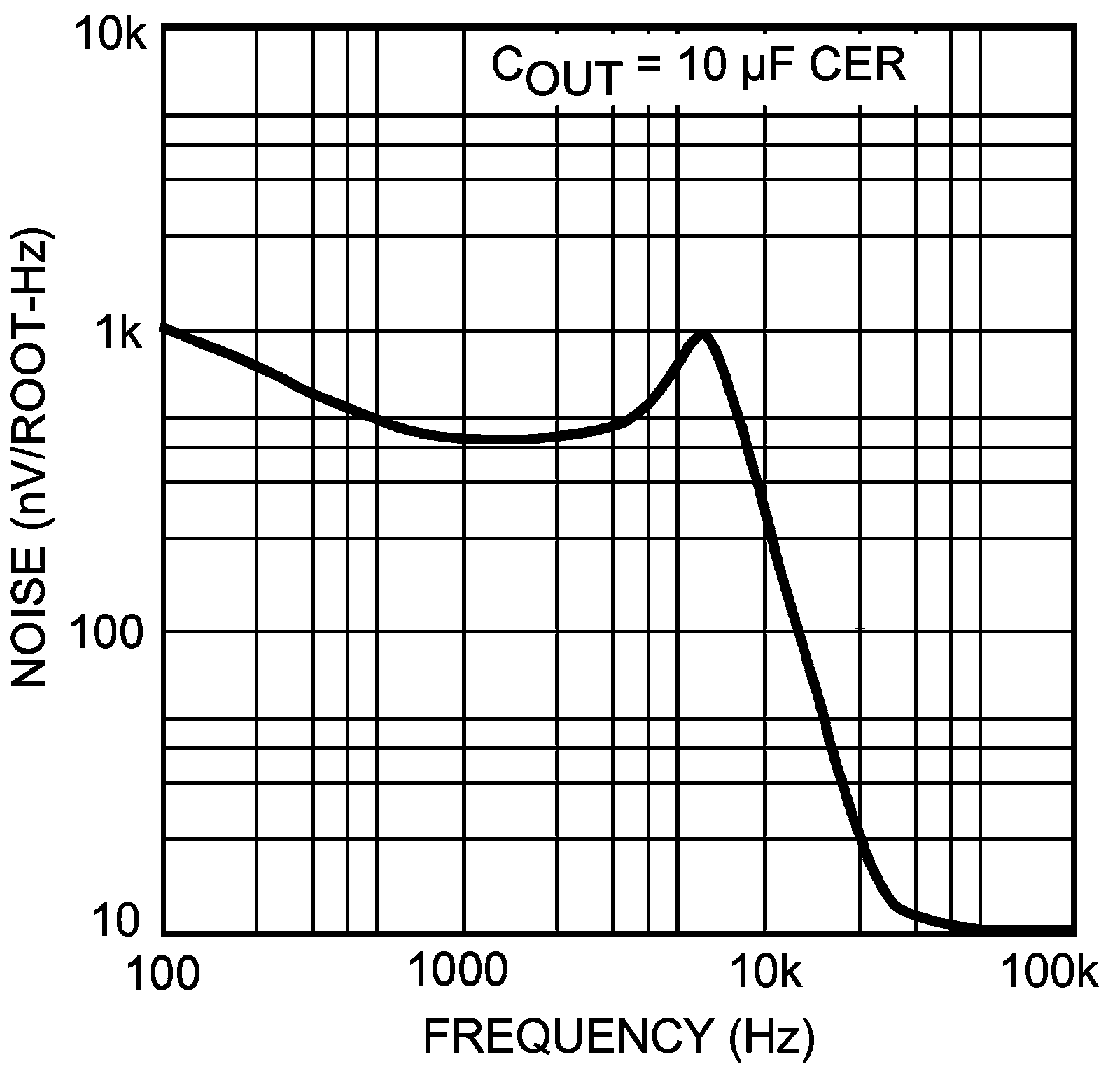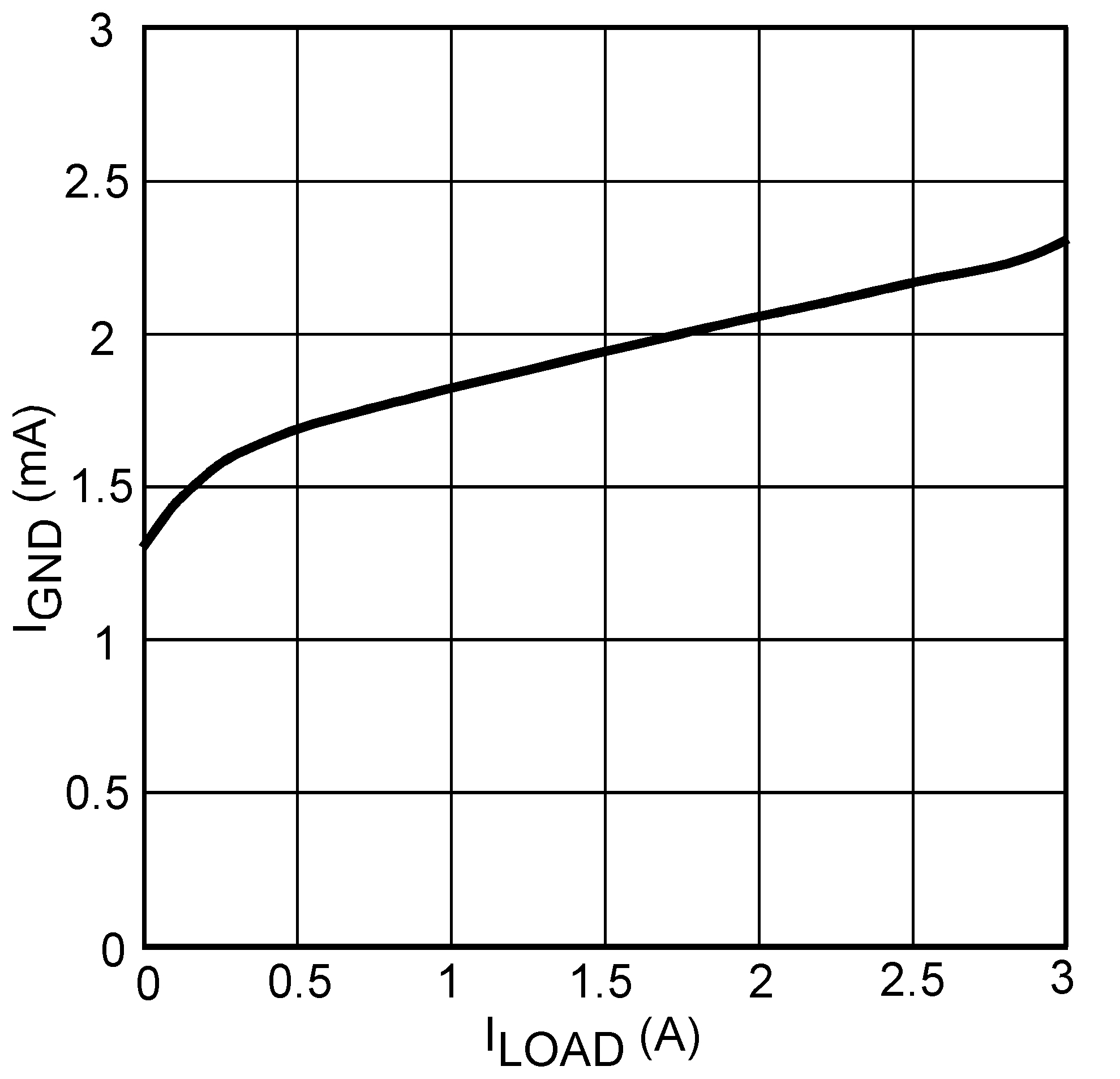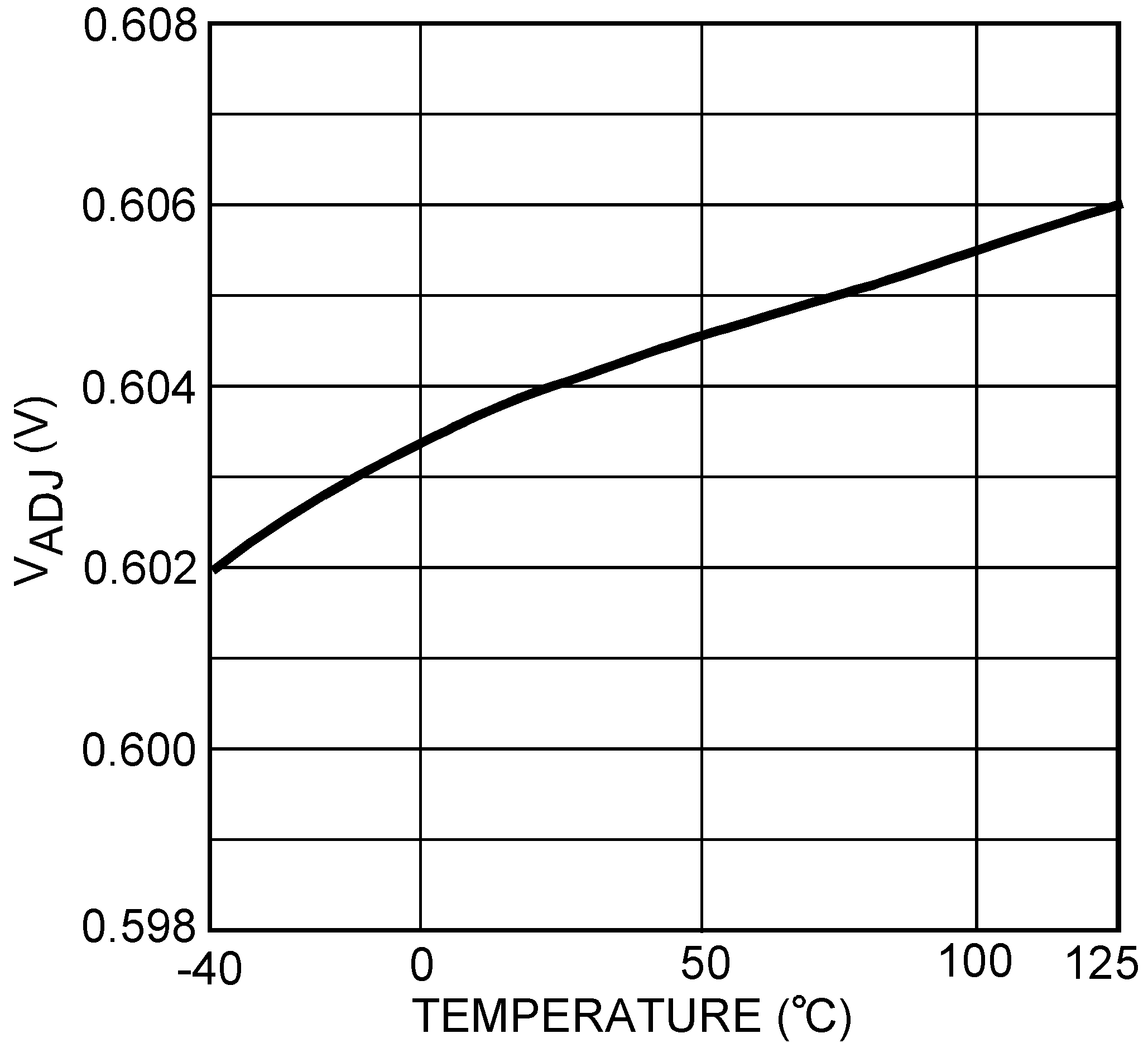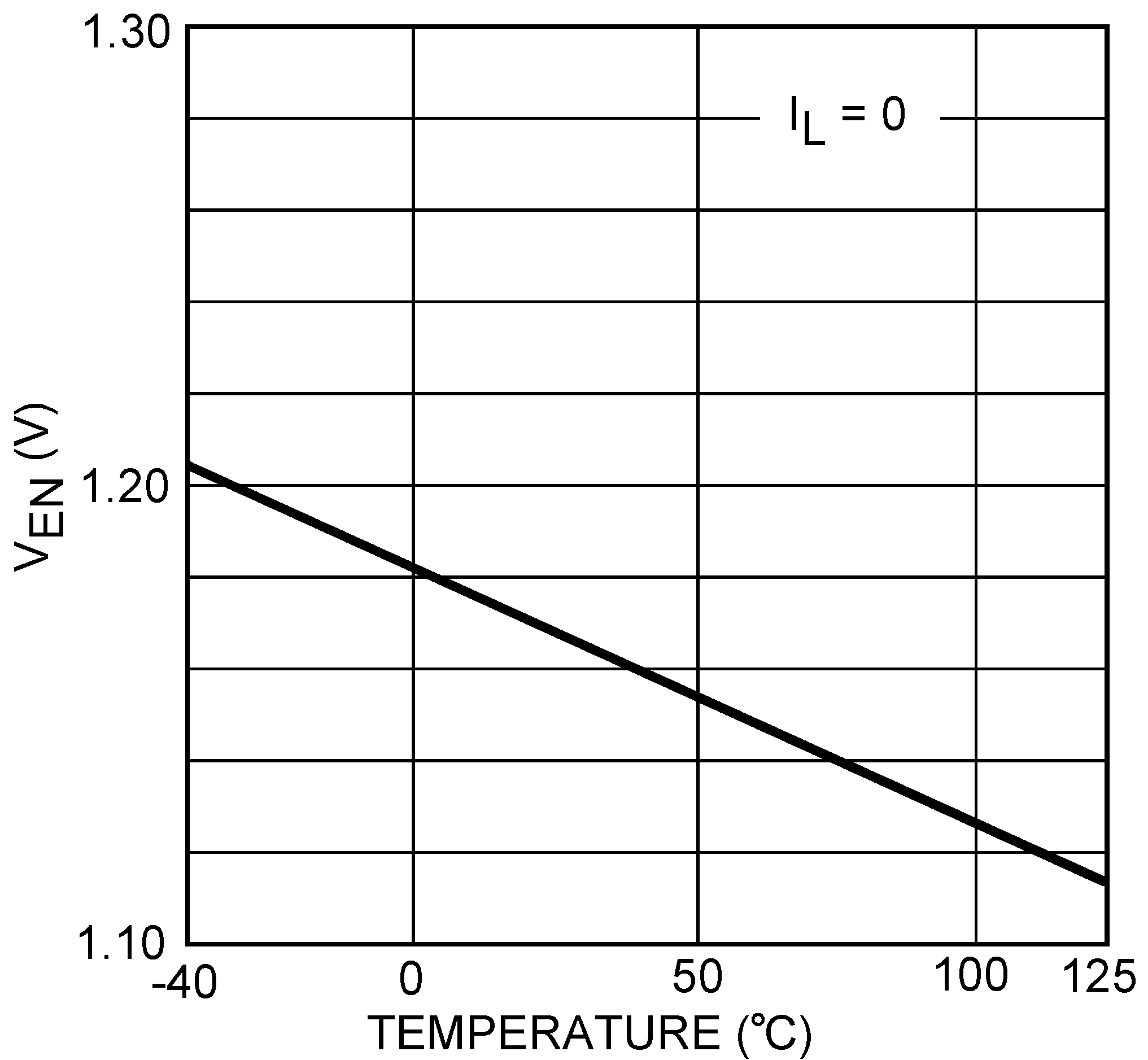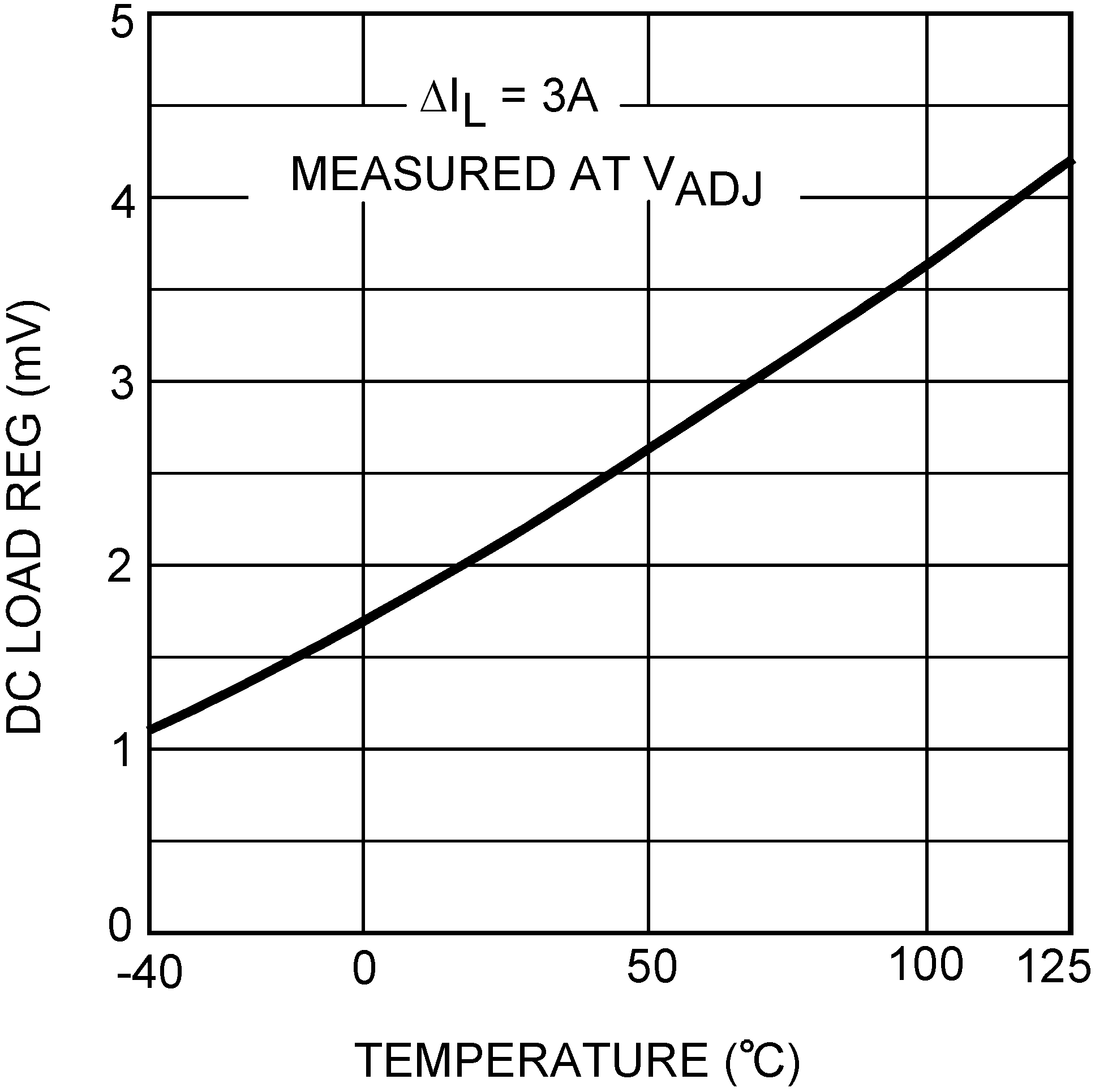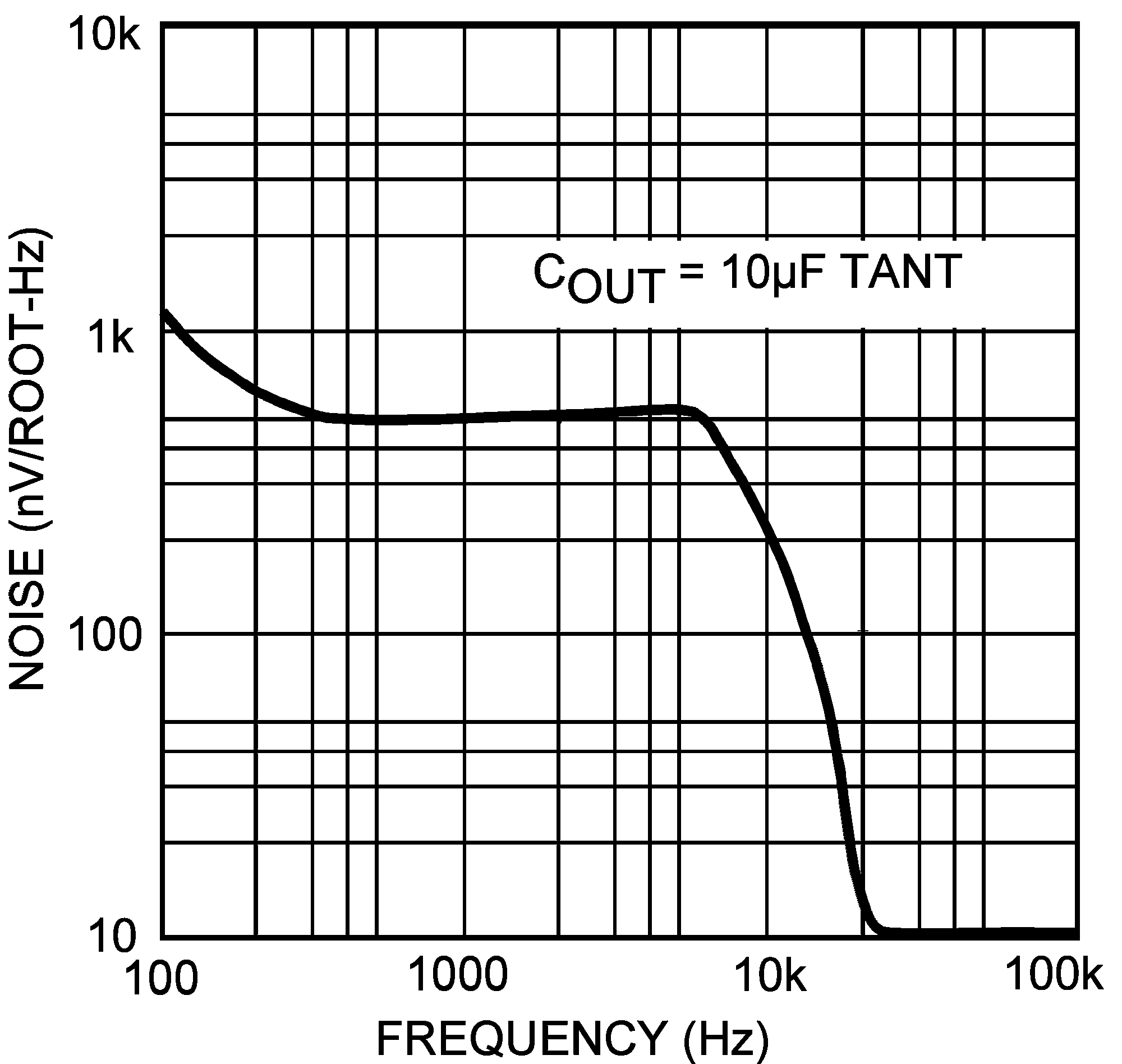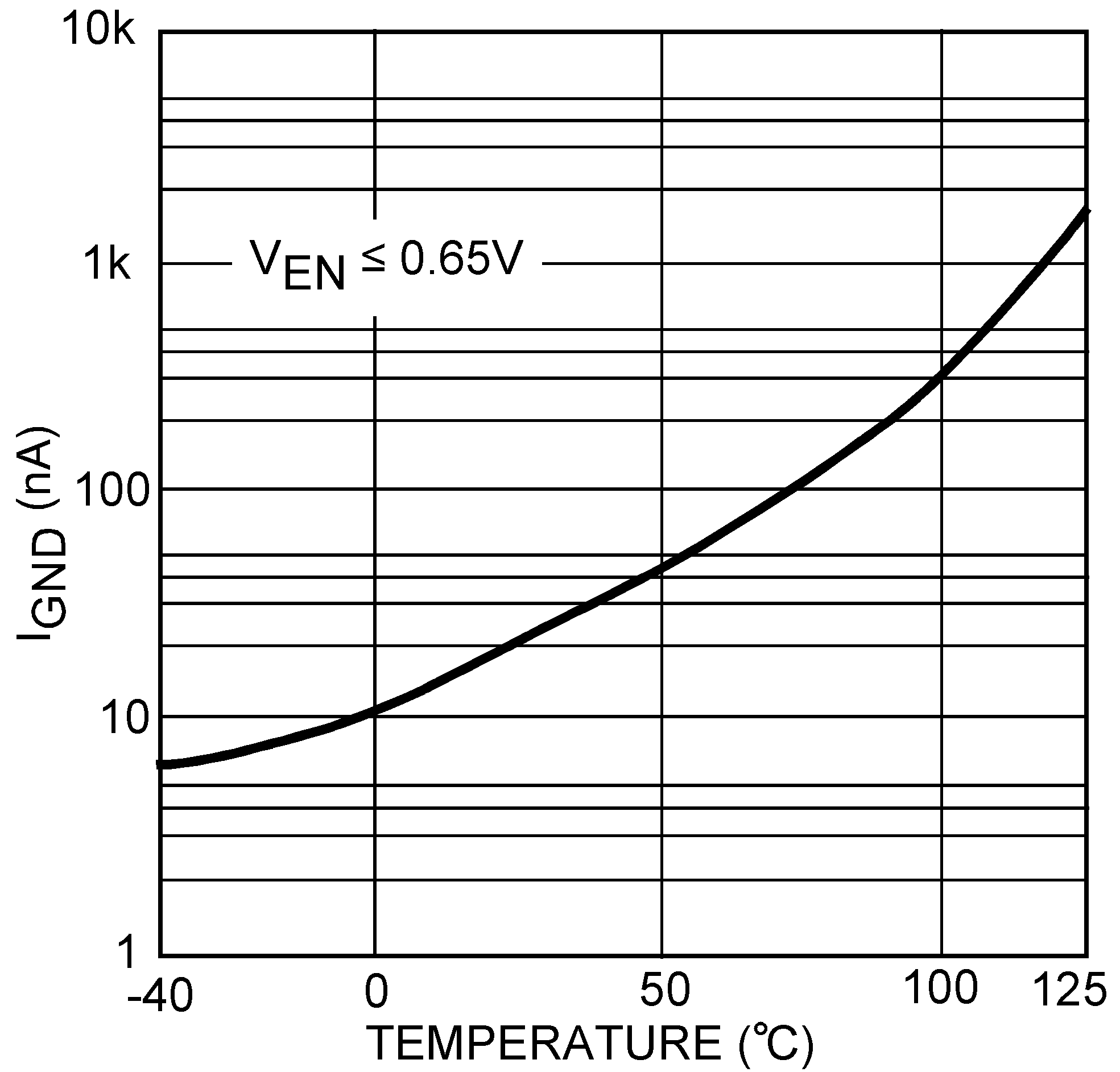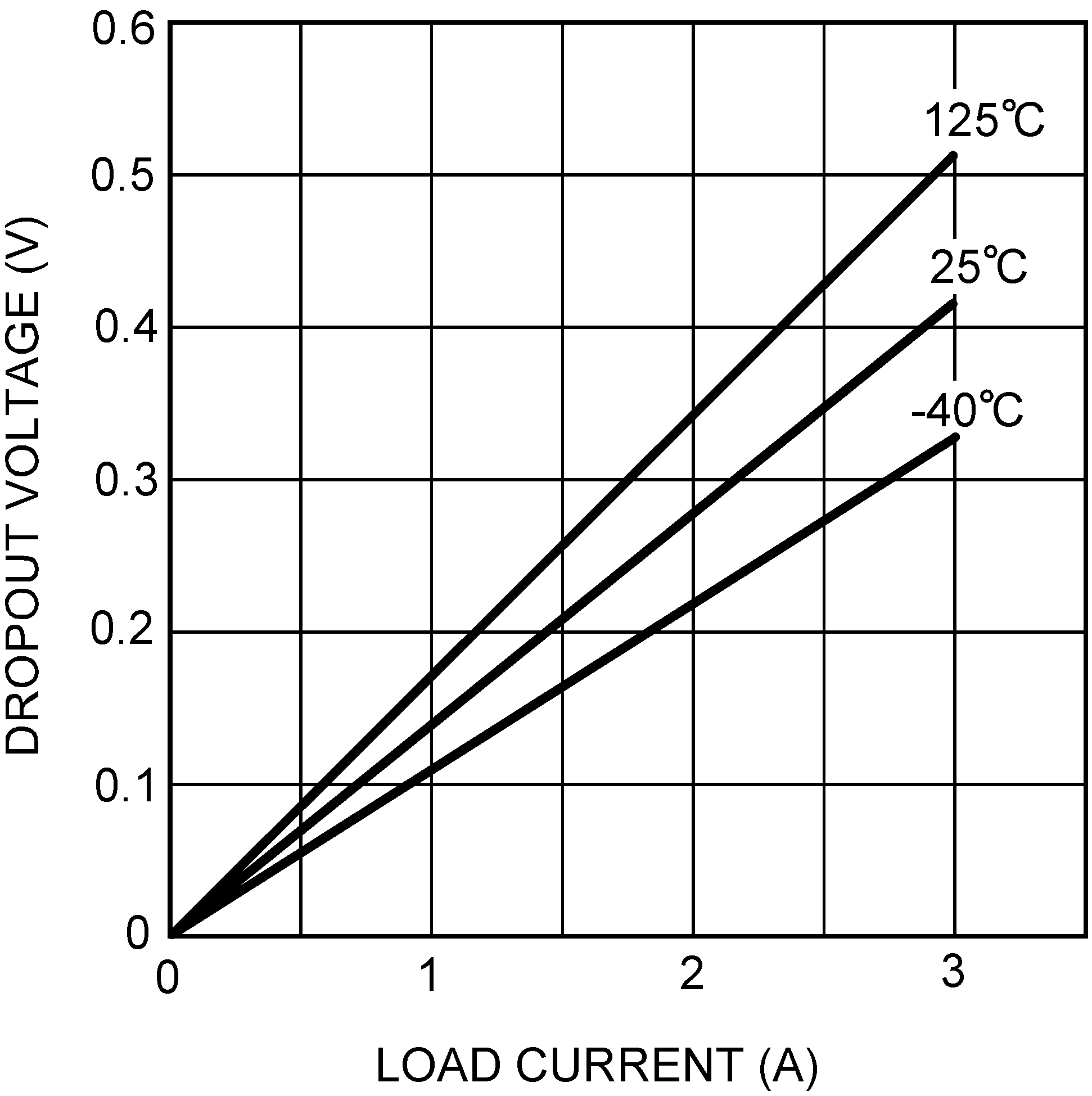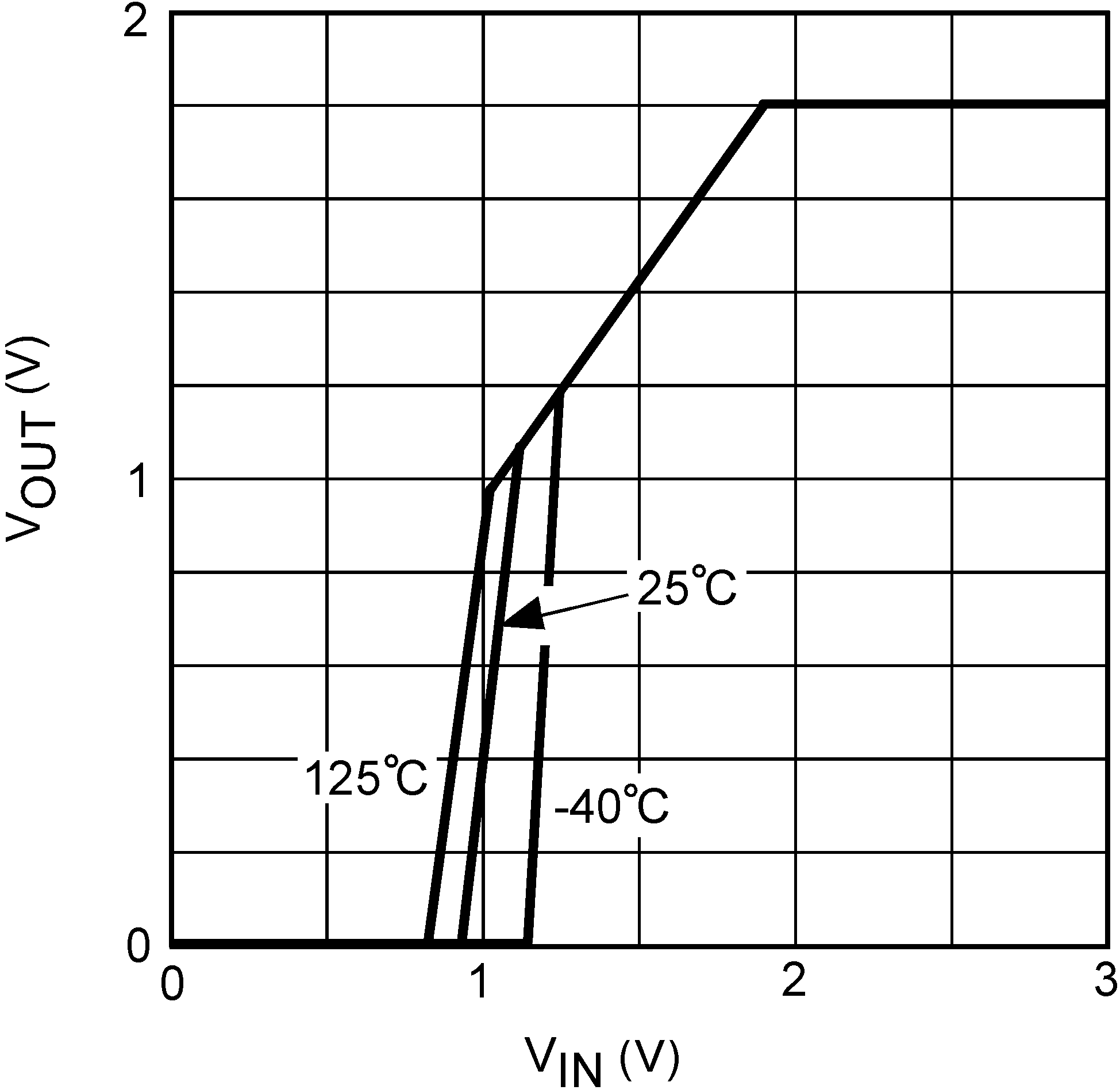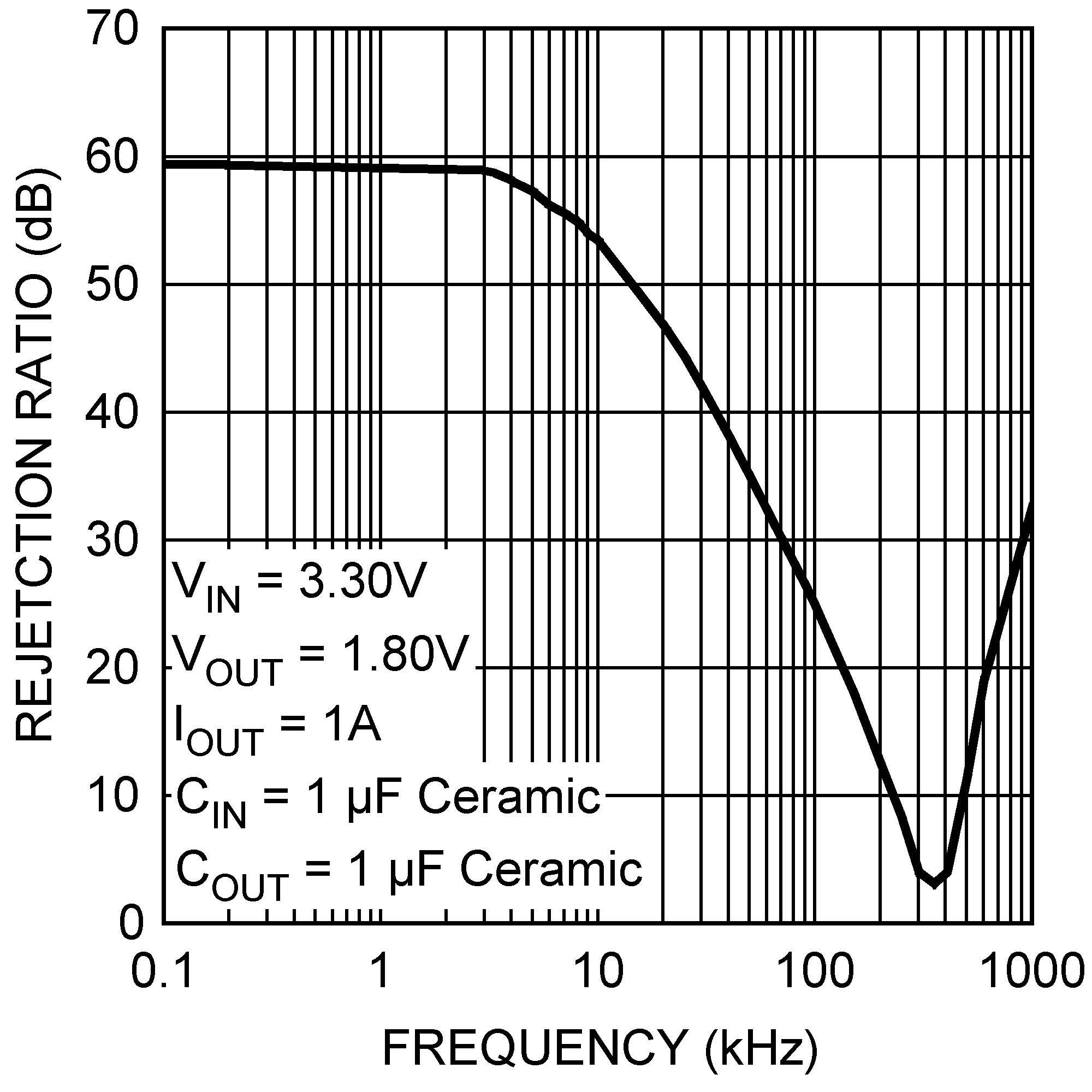SNVS522I August 2007 – August 2015 LP38501-ADJ , LP38503-ADJ
PRODUCTION DATA.
- 1 Features
- 2 Applications
- 3 Description
- 4 Revision History
- 5 Pin Configurations and Functions
- 6 Specifications
- 7 Detailed Description
- 8 Application and Implementation
- 9 Power Supply Recommendations
- 10Layout
- 11Device and Documentation Support
- 12Mechanical, Packaging, and Orderable Information
封装选项
机械数据 (封装 | 引脚)
散热焊盘机械数据 (封装 | 引脚)
- KTT|5
订购信息
6 Specifications
6.1 Absolute Maximum Ratings
over operating free-air temperature range (unless otherwise noted)(1)| MIN | MAX | UNIT | ||
|---|---|---|---|---|
| IN pin voltage (survival) | −0.3 | 6 | V | |
| EN pin voltage (survival) | −0.3 | 6 | V | |
| OUT pin voltage (survival) | −0.3 | 6 | V | |
| IOUT (survival) | Internally limited | |||
| Power dissipation(2) | Internally limited | |||
| Storage temperature, Tstg | −65 | 150 | °C | |
(1) Stresses beyond those listed under Absolute Maximum Ratings may cause permanent damage to the device. These are stress ratings only, which do not imply functional operation of the device at these or any other conditions beyond those indicated under Recommended Operating Conditions. Exposure to absolute-maximum-rated conditions for extended periods may affect device reliability.
(2) Operating junction temperature must be evaluated, and derated as needed, based on ambient temperature (TA), power dissipation (PD), maximum allowable operating junction temperature (TJ(MAX)), and package thermal resistance (RθJA). See Application and Implementation.
6.2 ESD Ratings
| VALUE | UNIT | |||
|---|---|---|---|---|
| VESD | Electrostatic discharge | Human body model (HBM), per ANSI/ESDA/JEDEC JS-001, all pins(1) | ±2000 | V |
(1) JEDEC document JEP155 states that 500-V HBM allows safe manufacturing with a standard ESD control process.
6.3 Recommended Operating Conditions
over operating free-air temperature range (unless otherwise noted)(1)| MIN | NOM | MAX | UNIT | ||
|---|---|---|---|---|---|
| Input supply voltage | 2.7 | 5.5 | V | ||
| Enable input voltage | 0 | 5.5 | V | ||
| Output current (DC) | 0 | 3 | A | ||
| VOUT | 0.6 | 5 | V | ||
| Junction temperature(2) | −40 | 125 | °C | ||
(1) Stresses beyond those listed under Absolute Maximum Ratings may cause permanent damage to the device. These are stress ratings only, which do not imply functional operation of the device at these or any other conditions beyond those indicated under Recommended Operating Conditions. Exposure to absolute-maximum-rated conditions for extended periods may affect device reliability.
(2) Operating junction temperature must be evaluated, and derated as needed, based on ambient temperature (TA), power dissipation (PD), maximum allowable operating junction temperature (TJ(MAX)), and package thermal resistance (RθJA). See Application and Implementation.
6.4 Thermal Information
| THERMAL METRIC(1) | LP38501 and LP38503 | UNIT | ||
|---|---|---|---|---|
| KTT(DDPAK/TO-263) | NDQ (TO-263) | |||
| 5 PINS | 5 PINS | |||
| RθJA | Junction-to-ambient thermal resistance | 41.8 | 33.3 | °C/W |
| RθJC(top) | Junction-to-case (top) thermal resistance | 45.0 | 22.1 | °C/W |
| RθJB | Junction-to-board thermal resistance | 24.8 | 16.9 | °C/W |
| ψJT | Junction-to-top characterization parameter | 13.1 | 5.8 | °C/W |
| ψJB | Junction-to-board characterization parameter | 23.8 | 16.8 | °C/W |
| RθJC(bot) | Junction-to-case (bottom) thermal resistance | 2.4 | 2.3 | °C/W |
(1) For more information about traditional and new thermal metrics, see the Semiconductor and IC Package Thermal Metrics application report, SPRA953.
6.5 Electrical Characteristics
Unless otherwise specified VIN = 3.3 V, IOUT = 10 mA, CIN = 10 μF, COUT = 10 μF, VEN = VIN, VOUT = 1.8 V. Minimum and maximum limits apply over the junction temperature (TJ) range of –40°C to +125°C and are specified through test, design, or statistical correlation. Typical values represent the most likely parametric norm at TJ = 25°C, and are provided for reference purposes only.| PARAMETER | TEST CONDITIONS | MIN | TYP | MAX | UNIT | |
|---|---|---|---|---|---|---|
| VADJ | ADJ pin voltage(1) | 2.7 V ≤ VIN ≤ 5.5 V 10 mA ≤ IOUT ≤ 3 A TJ = 25°C |
0.584 | 0.605 | 0.626 | V |
| 2.7 V ≤ VIN ≤ 5.5 V 10 mA ≤ IOUT ≤ 3 A |
0.575 | 0.635 | ||||
| VADJ | ADJ pin voltage (A grade)(1) | 2.7 V ≤ VIN ≤ 5.5 V 10 mA ≤ IOUT ≤ 3 A TJ = 25°C |
0.596 | 0.605 | 0.614 | V |
| 2.7 V ≤ VIN ≤ 5.5 V 10 mA ≤ IOUT ≤ 3 A |
0.587 | 0.623 | ||||
| IADJ | ADJ pin bias current | 2.7 V ≤ VIN ≤ 5.5 V TJ = 25°C |
50 | nA | ||
| 2.7 V ≤ VIN ≤ 5.5 V | 750 | nA | ||||
| VDO | Dropout voltage(2) | IOUT = 3 A TJ = 25°C |
420 | 550 | mV | |
| IOUT = 3 A | 665 | mV | ||||
| ΔVOUT / ΔVIN | Output voltage line regulation(1)(3) | 2.7 V ≤ VIN ≤ 5.5 V TJ = 25°C |
0.04 | %/V | ||
| 2.7 V ≤ VIN ≤ 5.5 V | 0.05 | |||||
| ΔVOUT / ΔIOUT | Output voltage load regulation(1)(4) | 10 mA < IOUT < 3 A TJ = 25°C |
0.12 | %/A | ||
| 10 mA < IOUT < 3 A | 0.24 | |||||
| IGND | Ground pin current in normal operation mode | 10 mA < IOUT < 3 A TJ = 25°C |
2 | 4 | mA | |
| 10 mA < IOUT < 1.5 A | 5 | |||||
| IDISABLED | Ground pin current | VEN < VIL(EN), TJ = 25°C | 0.025 | 0.125 | µA | |
| VEN < VIL(EN) | 15 | |||||
| IOUT(PK)GND | Peak output current | VOUT ≥ VOUT(NOM) – 5% | 6 | A | ||
| ISC | Short-circuit current | VOUT = 0 V | 6 | A | ||
| VOUT = 0 V, TJ = 25°C | 3.5 | |||||
| ENABLE INPUT (LP38501 Only) | ||||||
| VIH(EN) | Enable logic high | VOUT = ON | 1.4 | V | ||
| VIL(EN) | Enable logic low | VOUT = OFF | 0.65 | |||
| td(off) | Turnoff delay | Time from VEN < VIL(EN) to VOUT = OFF ILOAD = 3 A |
25 | µs | ||
| td(on) | Turnon delay | Time from VEN > VIH(EN) to VOUT = ON ILOAD = 3 A |
25 | µs | ||
| IIH(EN) | Enable pin high current | VEN = VIN | 35 | nA | ||
| IIL(EN) | Enable pin low current | VEN = 0 V | 35 | |||
| AC PARAMETERS | ||||||
| PSRR | Ripple rejection | VIN = 3 V, IOUT = 3 A, ƒ = 120 Hz | 58 | dB | ||
| VIN = 3 V, IOUT = 3 A, ƒ = 1 kHz | 56 | |||||
| ρn(l/f) | Output noise density | ƒ = 120 Hz, COUT = 10 µF CER | 1 | µV/√Hz | ||
| en | Output noise voltage | BW = 100 Hz – 100 kHz COUT = 10 µF CER |
100 | µV(RMS) | ||
| THERMALS | ||||||
| TSD | Thermal shutdown | TJ rising | 170 | — | °C | |
| ΔTSD | Thermal shutdown hysteresis | TJ falling from TSD | 10 | — | °C | |
(1) The line and load regulation specification contains only the typical number. However, the limits for line and load regulation are included in the adjust voltage tolerance specification.
(2) Dropout voltage is defined as the minimum input to output differential voltage at which the output drops 2% below the nominal value. For any output voltage less than 2.5 V, the minimum VIN operating voltage is the limiting factor.
(3) Output voltage line regulation is defined as the change in output voltage from the nominal value due to change in the input line voltage.
(4) Output voltage load regulation is defined as the change in output voltage from the nominal value due to change in the load current.
6.6 Typical Characteristics
Unless otherwise specified: TJ = 25°C, VIN = 2.7 V, VEN = VIN, CIN = 10 µF, COUT = 10 µF, IOUT = 10 mA, VOUT = 1.8 V.